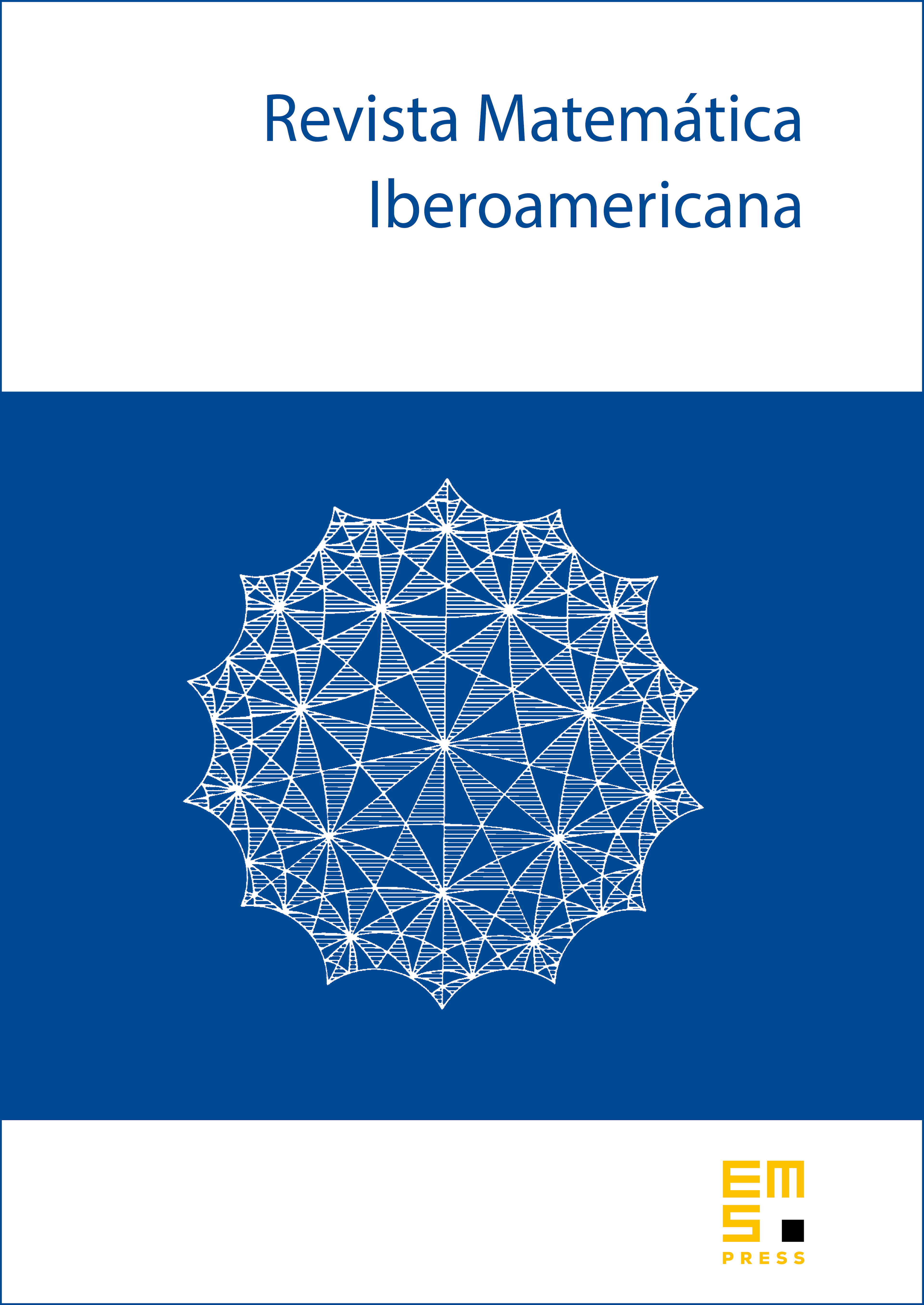Harmonic analysis in value at risk calculations
Claudio Albanese
University of Toronto, Toronto, CanadaLuis Seco
University of Toronto, Toronto, Canada

Abstract
Value at Risk is a measure of risk exposure of a portfolio and is defined as the maximum possible loss in a certain time frame, typically 1-20 days, and within a certain confidence, typically 95%. Full valuation of a portfolio under a large number of scenarios is a lengthy process. To speed it up, one can make use of the total delta vector and the total gamma matrix of a portfolio and compute a Gaussian integral over a region bounded by a quadric. We use methods from harmonic analysis to find approximate analytic formulas for the Value at Risk as a function of time and of the confidence level. In this framework, the calculation is reduced to the problem of evaluating linear algebra invariants such as traces of products of matrices, which arise from a Feynmann expansion. The use of Fourier transforms is crucial to re-sum the expansions and to obtain formulas that smoothly interpolate between low and large confidence levels, as well as between short and long time horizons.
Cite this article
Claudio Albanese, Luis Seco, Harmonic analysis in value at risk calculations. Rev. Mat. Iberoam. 17 (2001), no. 2, pp. 195–219
DOI 10.4171/RMI/293